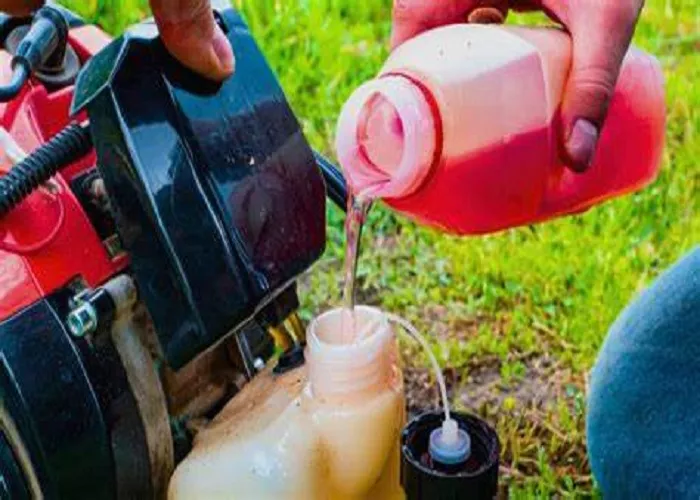Maintaining a riding lawn mower requires proper lubrication to ensure smooth operation and longevity. One of the most critical aspects of maintenance is selecting the correct oil viscosity (weight). Using the wrong oil can lead to excessive engine wear, overheating, or even complete engine failure.
Understanding Oil Viscosity and Its Importance
What Is Oil Viscosity?
Oil viscosity refers to the oil’s resistance to flow. A higher viscosity means thicker oil, while a lower viscosity means thinner oil. The Society of Automotive Engineers (SAE) assigns viscosity grades, such as SAE 10W-30 or SAE 30.
Why Does Oil Weight Matter?
Engine Protection: Proper viscosity ensures a protective film between moving parts.
Cold Starts: Thin oil flows better in cold weather, reducing startup wear.
High-Temperature Performance: Thicker oil maintains lubrication under heat.
Manufacturer Recommendations vs. Climate Considerations
Follow the Manufacturer’s Guidelines
SAE 30: Standard for moderate temperatures (40°F to 100°F).
SAE 10W-30: Better for variable climates (cold starts & warm operation).
SAE 5W-30: Ideal for very cold climates (below freezing).
Adjusting for Climate
Cold Climates (Below 40°F): Use multi-grade oils like 5W-30 or 10W-30 for easier cold starts.
Hot Climates (Above 90°F): SAE 30 or SAE 40 provides better heat resistance.
Fluctuating Temperatures: 10W-30 is the most versatile choice.
Conventional, Synthetic, and Synthetic Blend
Conventional Oil
- Made from refined crude oil.
- Affordable but breaks down faster under high heat.
- Best for older mowers with simple engines.
Synthetic Oil
- Chemically engineered for superior performance.
- Resists breakdown, lasts longer, and flows better in cold weather.
- Recommended for high-performance or commercial mowers.
Synthetic Blend Oil
- A mix of conventional and synthetic oil.
- Offers better protection than conventional oil at a moderate price.
How Temperature Affects Oil Performance
Hot Weather Effects
Thin oil may not provide enough protection under high heat.
Solution: Use a higher viscosity oil (e.g., SAE 30 or 40).
Seasonal Oil Changes
- Spring/Fall: 10W-30
- Summer: SAE 30
- Winter: 5W-30
Step-by-Step Oil Selection Guide
Check the Owner’s Manual
Always start with the manufacturer’s recommendation.
Determine Your Climate
Cold regions: Multi-grade oil (5W-30, 10W-30).
Hot regions: Straight-weight oil (SAE 30, SAE 40).
Choose Oil Type
- Conventional for basic use.
- Synthetic for better protection and longer intervals.
Common Mistakes to Avoid
Using Automotive Oil in a Mower
Car oils contain additives that can harm small engines.
Solution: Use oil labeled for small engines or lawn mowers
Overfilling or Underfilling
Too much oil causes foaming; too little causes overheating.
Solution: Check the dipstick after filling.
Conclusion
Choosing the right oil weight for your riding lawn mower is essential for engine longevity and performance. Always follow the manufacturer’s recommendations, consider your local climate, and select high-quality oil (conventional, synthetic, or blend). Regular oil changes and proper maintenance will keep your mower running smoothly for years. By following this guide, you can ensure optimal lubrication, reduce wear, and maximize the efficiency of your riding lawn mower. Happy mowing!

